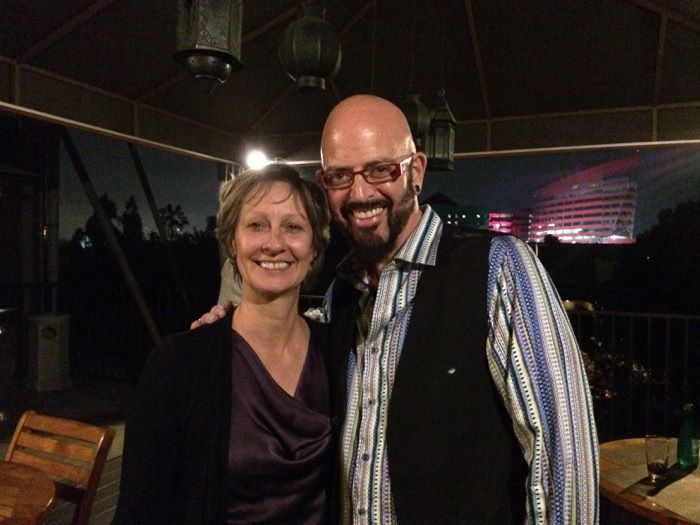
Interview! Sandy Monterose, Executive Director, Jackson Galaxy Foundation
June 20, 2016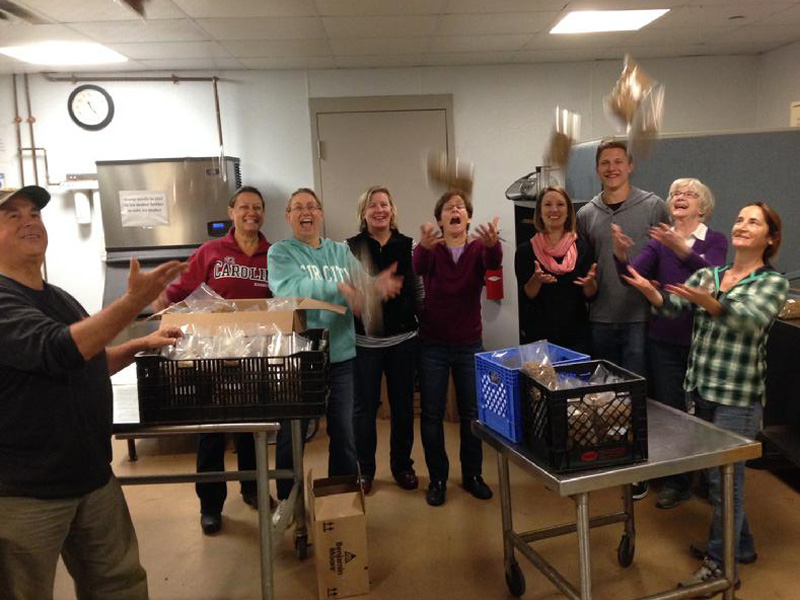
Interview! Jen Bennett, Founder, PAWSitive Pantry (Vermont)
June 22, 2016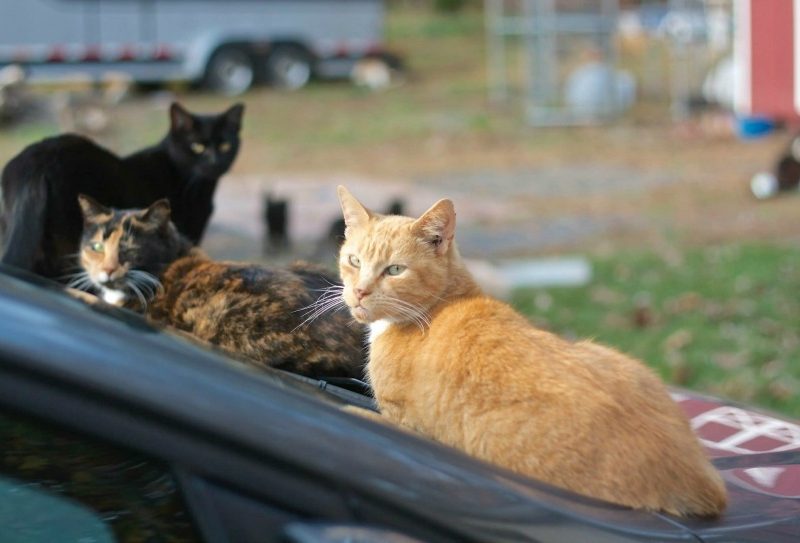
Huge thanks to Lisa Finkel and Liz Pease from the Merrimack River Feline Rescue Society in working tirelessly to help create this wonderful Phases of Feline Over-Population model with our fearless leader, Stacy LeBaron!
Stacy LeBaron has been active in the animal welfare field since 1994. She envisions a no-kill nation, where all companion animals can thrive. She served as President of Merrimack River Feline Rescue Society (MRFRS) from 1996 to 2012. Under her leadership, MRFRS’s direct geographic reach grew from seven towns to a radius of influence that spans Massachusetts and southern New Hampshire. During the same period, MRFRS’s annual operating budget increased from roughly $45,000 to more than $1,300,000. In addition, LeBaron presently serves on the Shelter Medicine Committee at the Cummings School of Veterinary Medicine at Tufts University. In the past, she served as a board member and treasurer of the Massachusetts Animal Coalition (2003–2010), and as a board member and program committee co-chair of the New England Federation of Humane Societies (2009–2010).
In addition to her work with cats, LeBaron has also been managing trustee of the LeBaron Foundation for the last 15 yrs. The LeBaron Foundation focuses its efforts on helping children internationally and on animal welfare and science initiatives.
LeBaron coined the term “kitten-free zone” in the late 1990’s/early 2000’s as an indicator of success in a targeted spay/neuter project in the Greater Newburyport area. The term simply means that when an organization needs to look outside of its region for kittens to help serve adoption “demand” in the community, that organization (and its community) has become a “kitten-free zone.”
Recently, LeBaron developed her theory on “The Phases of Feline Over-Population” as a model to help other communities determine what they need to do to become a “kitten-free zone.”
LeBaron crafted this very simple chart below without specific time references. Some communities may pass through phases more quickly than others. This chart will become a tool for funders and organizations to use to be able to better evaluate where they are on the spectrum of reaching a baseline maintenance goal.
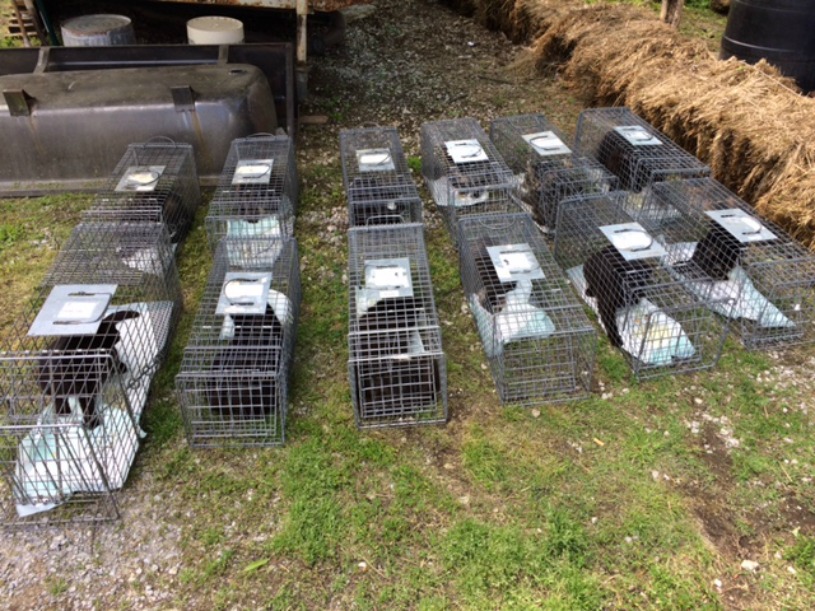
The Phases of Feline Over-Population
| Phase 1 | Phase 2 | Phase 3 | Phase 4 | Phase 5 | Phase 6 | Phase 7 | |
| Adoption/Surrender | High | High | Medium | Low | Low | Low | Low |
| Spay/Neuter | Low | Medium | High | Medium | Medium | Low | Low |
| Wellness/Support | Low | Low | Medium | Medium | High | Medium | Low |
There are three categories: Adoption/Surrender (traditional sheltering), Spay/Neuter (low-cost clinics), Wellness/Support (low-cost general medical/food pantry support).
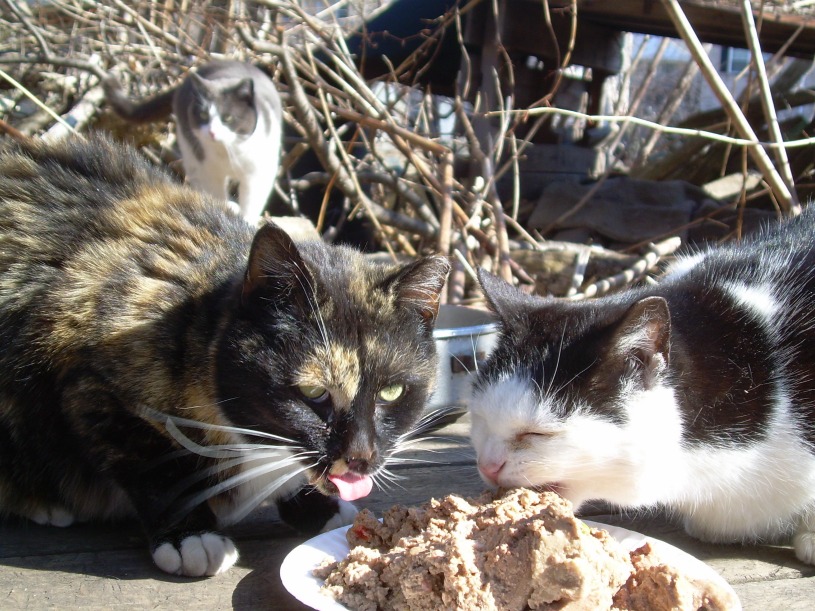
Phase 1: (A/S High, S/N Low and W/S Low)
This is the traditional cat program, which is very focused on adoptions and surrenders. In this phase, groups are reactive with their work and less strategic. These groups are so busy putting out fires that they can’t think or offer anything pro-active, such as spay/neuter or wellness. These groups operate at a very high (very expensive) level of support. They build large shelters and hire a lot of adoption program staff. Overhead is very high. Low-cost Spay/neuter and wellness aren’t even on the map due to the overwhelming need for staffing at the adoption program level. Traditionally, adoption programs lose the most money for organizations.
Phase 2: (A/S High, S/N Medium and W/S Low)
These organizations are beginning to realize that they are in a vicious cycle and they can’t keep doing what they are doing at the sheltering level. These groups begin to offer some low-cost spay/neuter for owned pets and, most importantly, move to spay/neuter all of animals prior to adoption. Frequently these groups also begin offering some optional TNR and start to think a bit more strategically in dealing with hoarding situations. Wellness is still not on the radar.
Phase 3: (A/S Medium, S/N High, W/S Medium)
This is where the community and the organization start seeing the need for high- volume spay/neuter and recognize that this will decrease the intake volume at their organization. They begin to embrace spay/neuter of free-roaming cats and aggressive spay/neuter for owned cats. Organizations with a strong commitment will be in this phase for 3-5 yrs. Wellness care starts to come become available, along with a pet food pantry.
Phase 4: (A/S Low, S/N Medium, W/S Medium)
In Phase 4, things finally start to change. Feline intakes in shelters start decreasing. Kittens become rare and hard to find. Spay/neuter numbers start to trend down for cats. Organizations are at something of a loss as to what to do next. Where do they get the kittens that people want? How do they handle the harder-to-place and older cats? Wellness through vaccine clinics become an important part of making the revenues for the staffing. The size of the adoption staff declines. There becomes an increasing relationship with the smaller rescue groups who now have become the source for kittens. At this point, a bridge between large and small groups needs to be created to fill the empty kennels. The organization begins a mapping process of spay/neuter activity to really focus on hot spots and ensure all targeted efforts are being done.
Phase 5: (A/S Low, S/N Medium, W/S High)
Wellness care become the front runner in this phase, with organizations providing more and more services for pet owners. The community starts transforming the larger shelters into pet owner “malls” with retail, education, and children’s camps. The community may start to see cat cafes, yoga classes with cats, and cat behavior lectures. These programs will raise revenue along with the wellness services. Those services will be in high demand at this point, as the cat population that was assisted through low-cost spay/neuter efforts years earlier will now be aging and in need of medical assistance. Towards the end of this phase, the community will see smaller “rescue”-type non-profits disband as feral cat colonies die off, abandonment issues decrease, and the groups’ original leaders become ready to retire.
Phase 6: (A/S Low, S/N Low, W/S Medium)
The supply of cats has now gone down due to aggressive spay/neuter efforts. Cats become less abundant and are no longer primarily the pets of the poor. There is less need for new programs. At this point, the organization has entered the maintenance phase.
Phase 7: (A/S Low, S/N Low, W/S Low)
At phase 7, the organization has reached the baseline that is the ultimate goal. All of the programs are providing the necessary needs to a very small population of cats in the community, and if someone does have a financial hardship or need, there is a security net to help them.
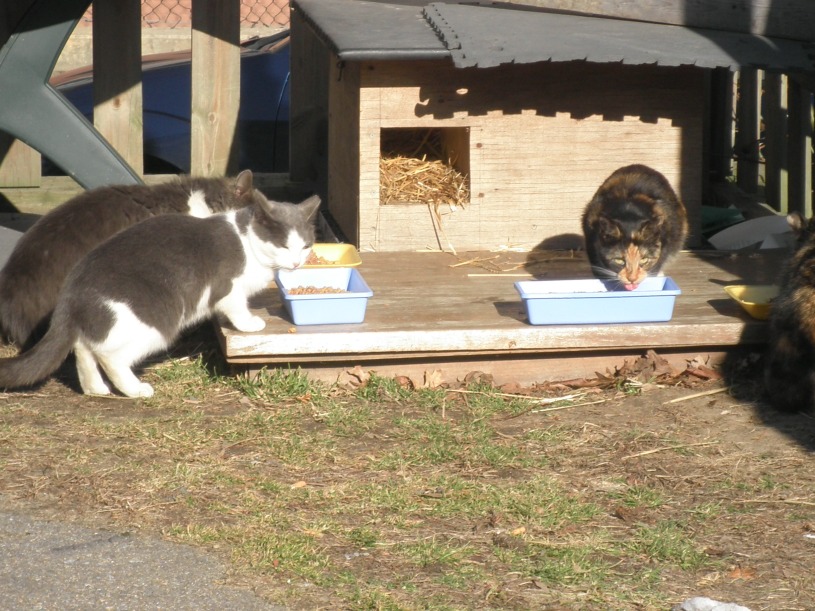
Some communities may not experience a smooth transition through all of these phases. They may make forward and backward movement as funding comes in and out of the community.
In MRFRS’s home state of Massachusetts, the community in general is between Phase 3 and 4, while the Greater Newburyport Area is in Phase 4 or 5. Most of the groups in the MRFRS Mentoring Program are in Phase 2 and are just learning how to put together a successful feral cat program. MRFRS believes that by helping smaller organizations progress through the various phases, we will ultimately achieve our commitment to ensuring the health and welfare of feral and domestic cats and kittens by promoting proactive, compassionate, no-kill programs.




